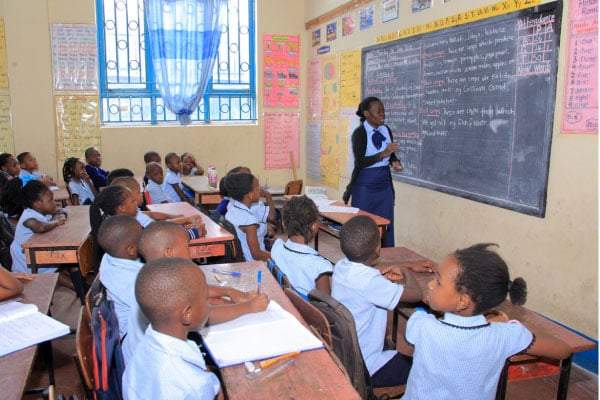Pallisa, Uganda – Pallisa District is grappling with a severe educational crisis, marked by a significant shortage of teachers, inadequate infrastructure, and poor learning conditions, according to stakeholders in the education sector. These issues were brought to light during a dialogue meeting organized by the Citizen Initiative for Democracy and Development (CIDD-Ug) on Monday.
Severe Teacher Shortage
The District Education Officer, Ms. Agnes Lukendo, revealed that Pallisa District has 76 government-aided primary schools, many of which are struggling to provide quality education. The district is currently facing a substantial teacher deficit, with only 1,123 teachers employed out of the 1,823 required, resulting in a shortfall of 700 teachers. This shortage has led to an extremely high pupil-to-teacher ratio of 1:120, far exceeding the recommended ratio of 1:80. The district currently serves approximately 96,000 learners.
Inadequate Infrastructure
Ms. Lukendo emphasized that most schools in the district are in dire need of infrastructure development, lacking sufficient classrooms and basic facilities such as pit latrines. Limited resources have hindered efforts to effectively address these infrastructure challenges.
Impact on Educational Quality
The head teacher of Gogonyo Primary School, Mr. Simon Patrick Otibu, called for the recruitment of more teachers to manage the overwhelming number of pupils enrolled in the Universal Primary Education (UPE) program. He highlighted that the shortage of teachers and the lack of staff accommodation, which forces some teachers to travel long distances, are major contributors to poor performance in schools. These conditions result in teachers arriving late, exhausted, and unable to meet performance expectations.
High Dropout Rates
A performance report for the 2015 to 2022 UPE cycle by CIDD-Ug revealed a high dropout rate, with about 54% of pupils who enrolled in Primary One in 2015 not completing the primary cycle by 2022. The Pallisa County Inspector of Schools, Mr. Enock Nampeke, attributed the district’s poor academic performance to this high dropout rate, which significantly impacts class management and the overall quality of teaching and learning.
Policy and Parental Support Issues
Mr. Nampeke urged the government to review certain policies, such as automatic promotion, which he believes are unfair and detrimental to the education sector. Additionally, the District Inspector of Schools, Ms. Jesca Ojangole, noted that parents’ reluctance to support school feeding programs remains a significant challenge. Only about 5% of schools in the district are attempting to implement feeding programs, while the majority have failed to embrace them.
In summary, Pallisa District faces critical issues in its education sector, including a severe shortage of teachers, inadequate infrastructure, and high dropout rates. Addressing these challenges requires concerted efforts from the government, local authorities, and the community to ensure that all children receive a quality education.
Credit: Monitor.co.ug
